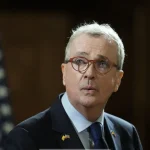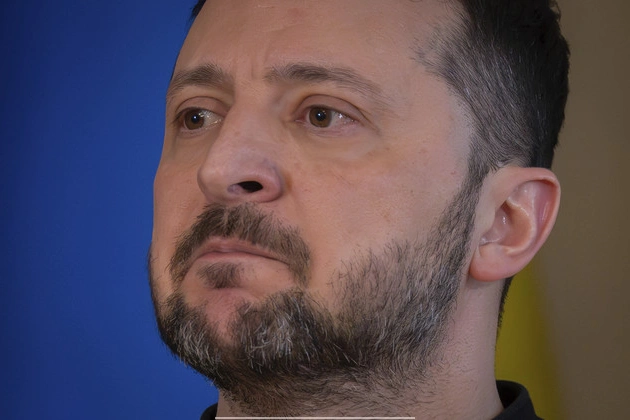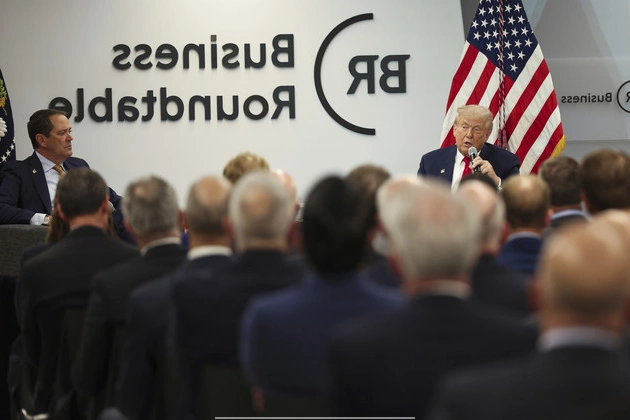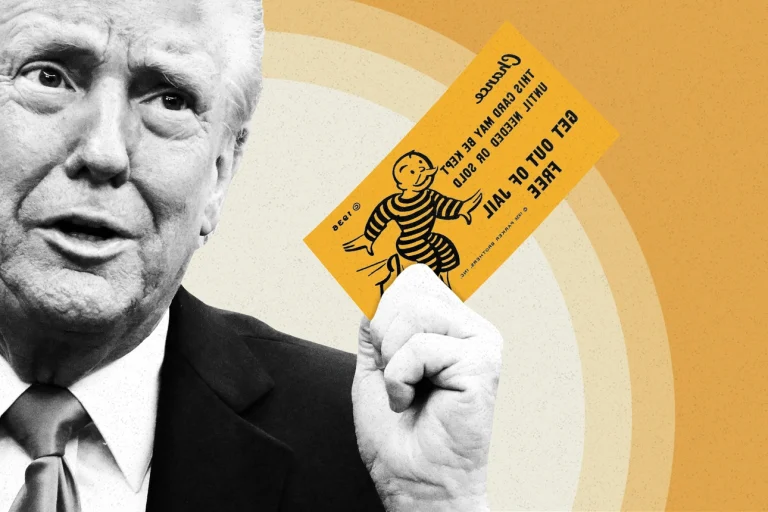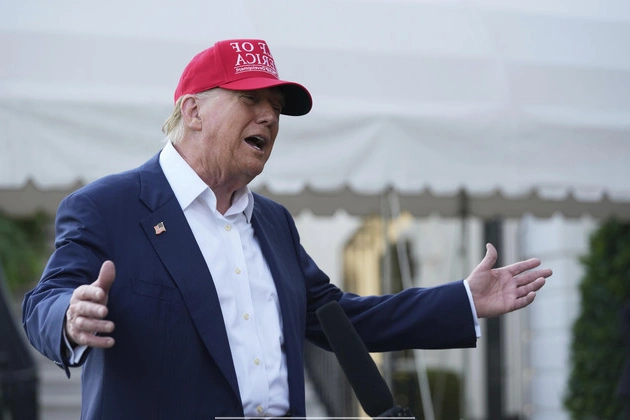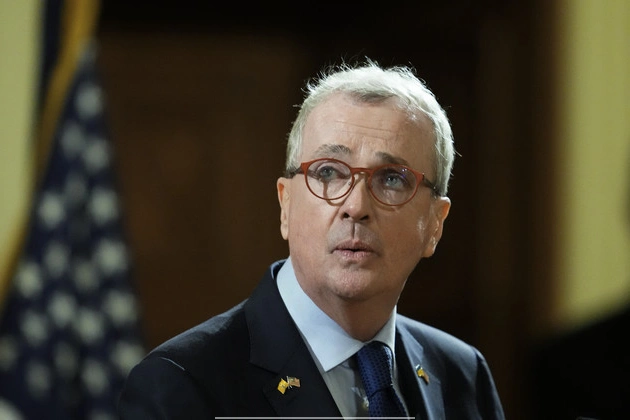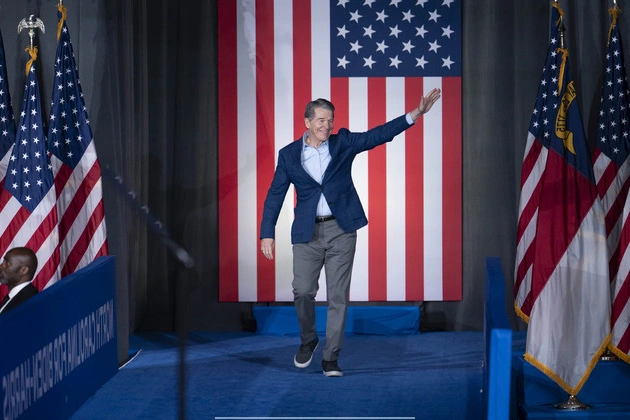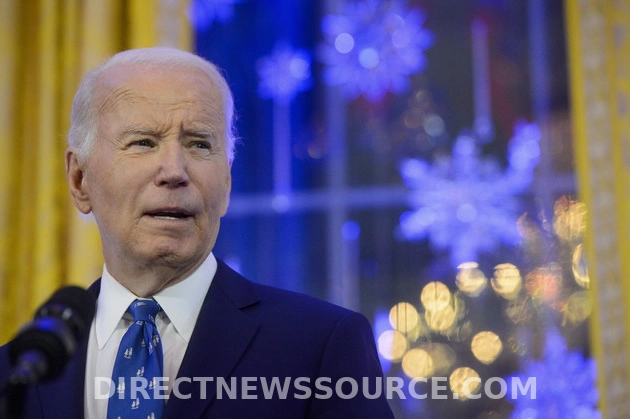
President Joe Biden announced a bold move on Thursday to enhance the United States’ climate target, setting a goal to reduce planet-warming pollution by 61-66 percent by 2035. This target surpasses Biden’s previous pledge in 2021 to cut greenhouse gases by 50-52 percent by 2030 compared to 2005 levels. The new target, while ambitious, falls short of projections under a more aggressive climate-focused administration post-Biden.
Challenges Ahead for Climate Action
The impending change in presidential leadership casts doubt on the longevity of Biden’s climate goals. President-elect Donald Trump has signaled intentions to reverse current climate policies, potentially abandoning the new targets in favor of expanding fossil fuel production.
Despite this uncertainty, the ambitious 2035 climate goal serves as a beacon for states, cities, and businesses to strive towards. John Podesta, senior White House adviser for international climate policy, emphasized the significance of this target in a recent press briefing.
Global Implications of U.S. Climate Targets
The Biden administration’s 2035 climate target aligns with the Paris Agreement’s nationally determined contributions (NDCs) to limit global warming to 1.5 degrees Celsius post-industrialization. By formally submitting the new target to the United Nations, the U.S. aims to showcase its commitment to climate action despite potential federal setbacks.
Experts believe that achieving the 2035 emissions reduction target will require a multi-faceted approach. Leveraging existing policies, bolstering state and local initiatives, and embracing technological advancements like renewable energy sources are key components of this strategy.
Obstacles and Opportunities in Climate Policy
While progress has been made in certain areas, fulfilling the new climate target poses challenges. Congressional gridlock on renewable energy permitting, potential rollbacks of climate regulations, and threats to clean energy incentives could impede the nation’s path to carbon neutrality.
Investments from the private sector play a pivotal role in driving clean energy growth. Tax incentives and rebates have spurred significant investment in green technologies, but political uncertainties threaten to undermine these incentives.
Pathways to Sustainable Climate Action
Various analyses point to the feasibility of substantial emissions reductions by 2035, contingent upon robust policy support at all governance levels. The U.S. must navigate complex policy landscapes to achieve its climate targets and transition to a low-carbon economy.
Despite potential setbacks, stakeholders remain optimistic about the U.S.’s capacity to combat climate change and uphold its international commitments. The Biden administration’s climate agenda sets a precedent for future administrations and underscores the imperative of sustained climate action.


